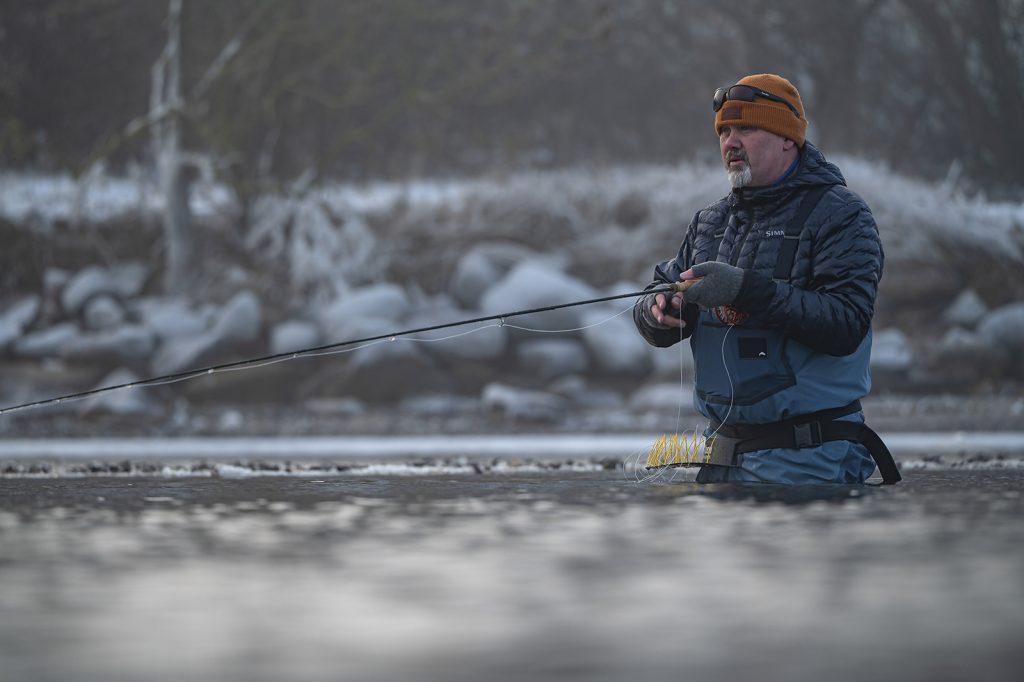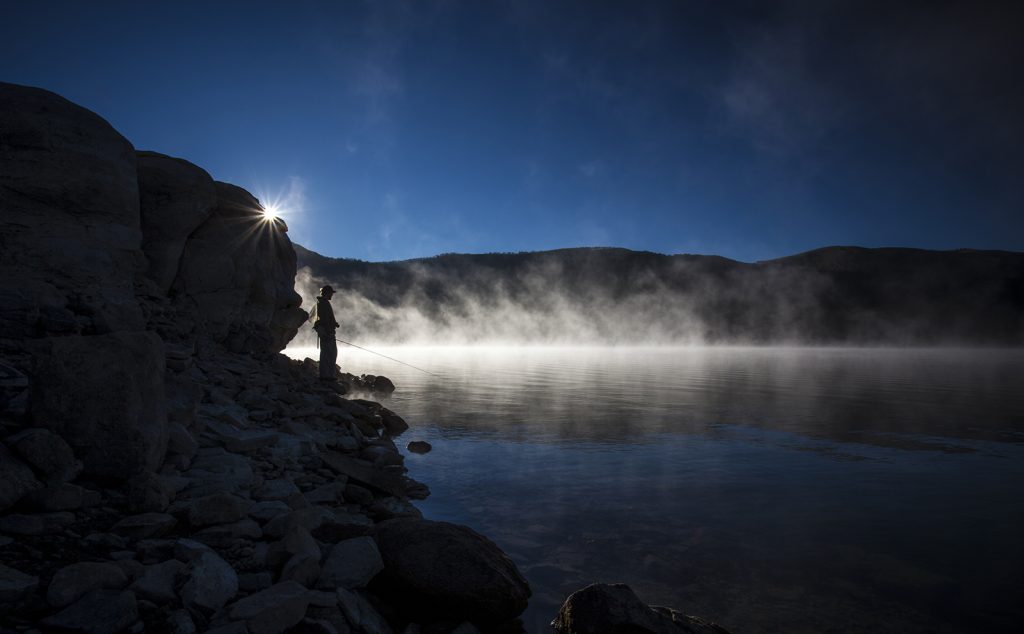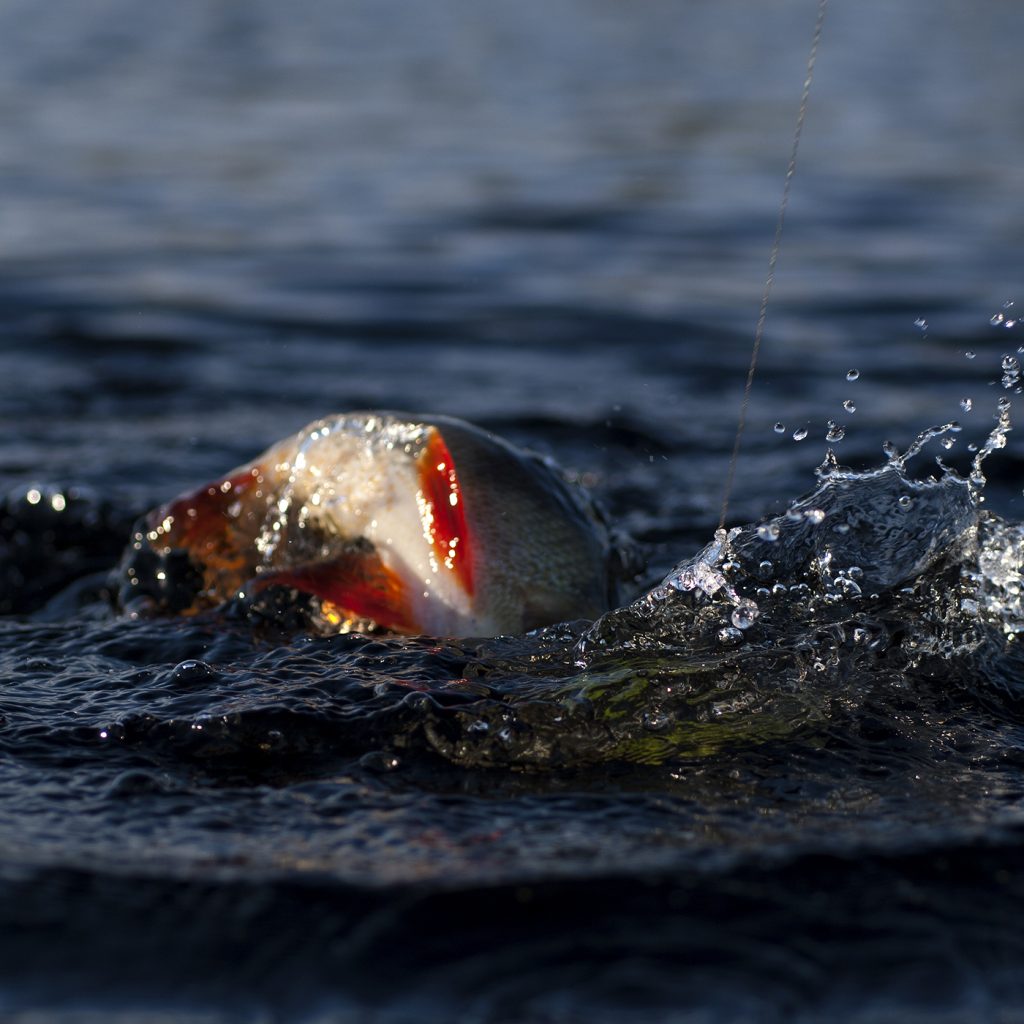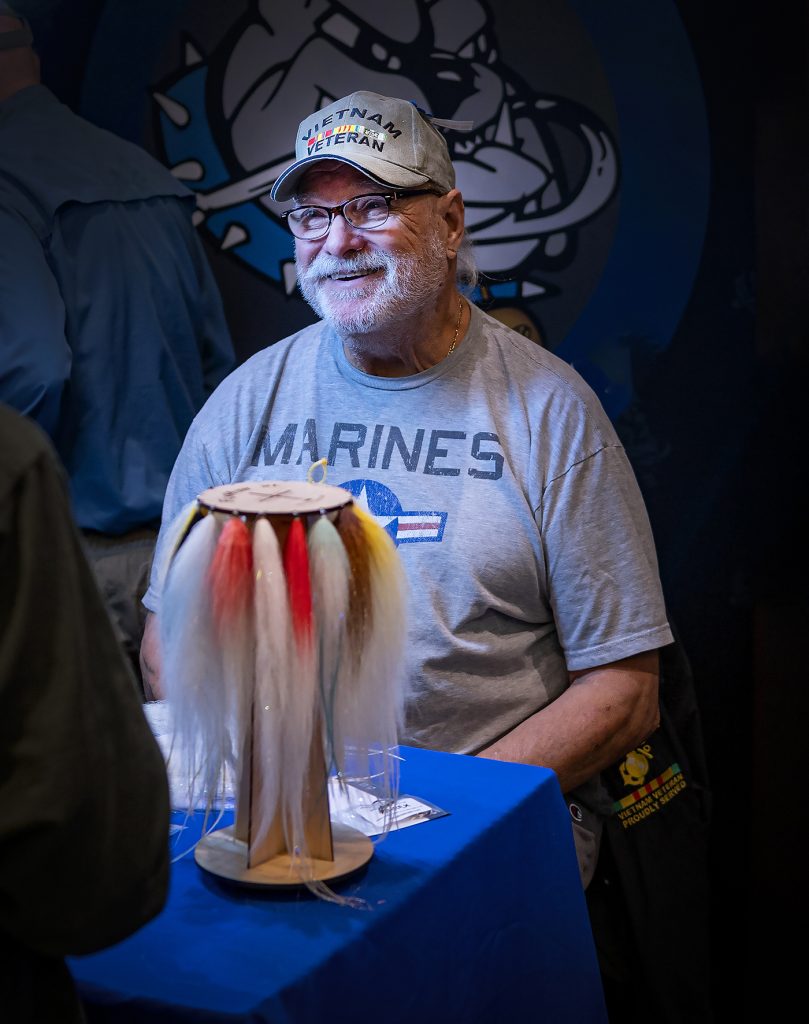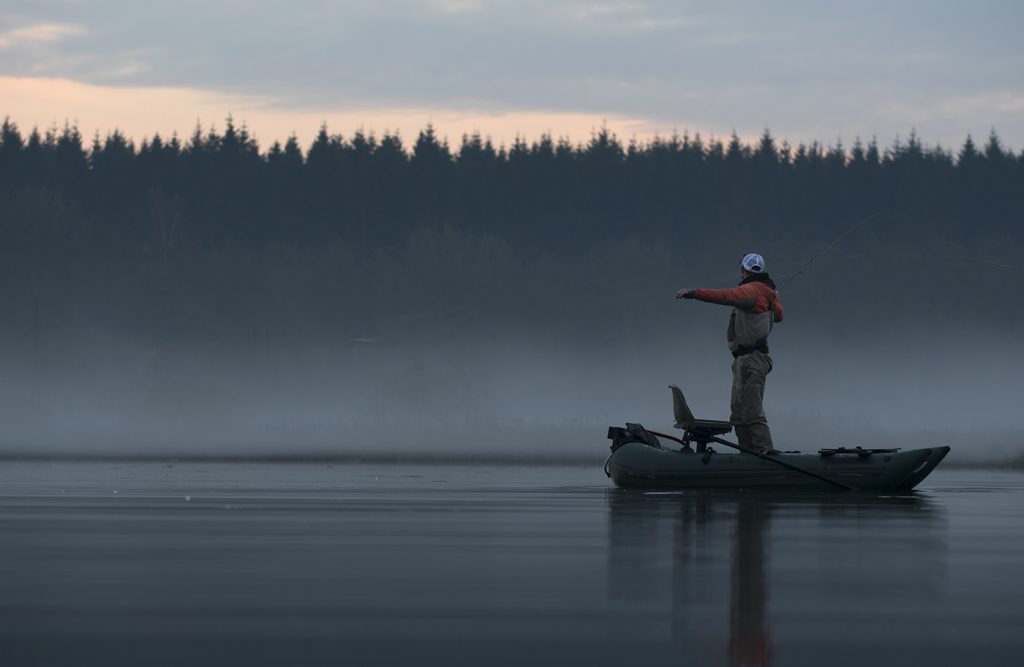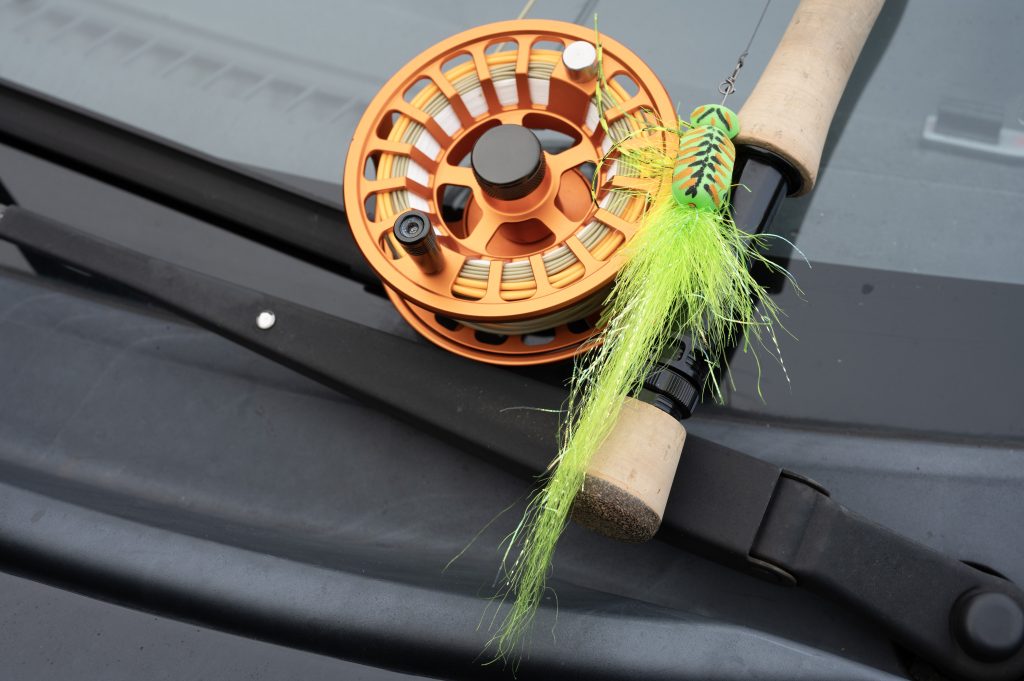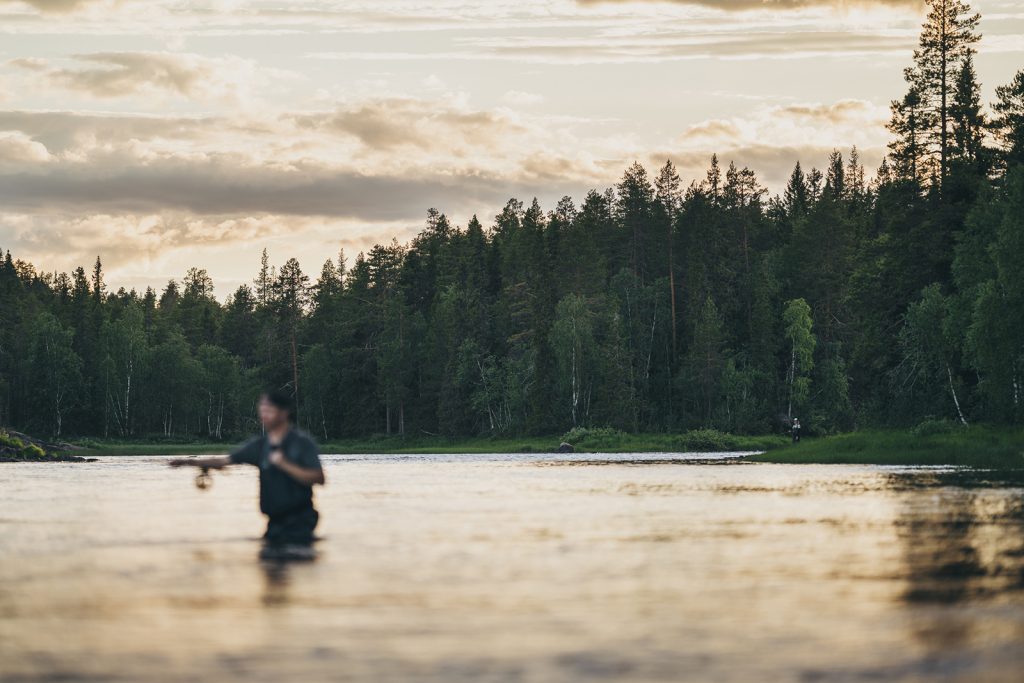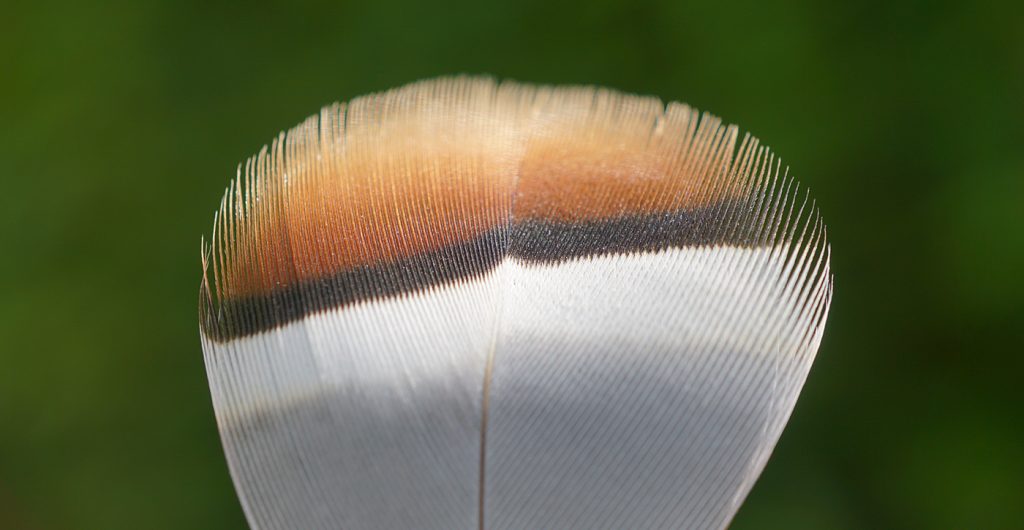
The Smallmouth Bass (Microterus Dolomieu) is without doubt, one of the most popular freshwater fish in North America. As a “gamefish” the smallmouth is one of the hardest fighting freshwater species and highly sought after by longrodders and conventional fishermen alike. Smallmouth also play a large part in the overall US fishing industry, as several major fishing tournaments are centered in prime smallmouth lakes and rivers.
Continue reading “Shimmering Minnow”

